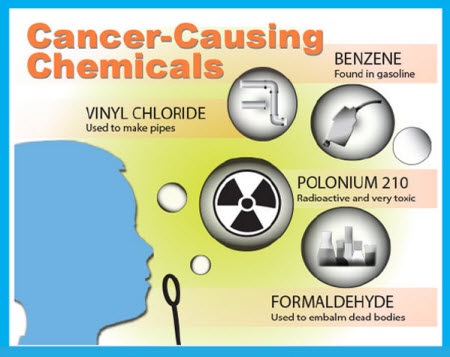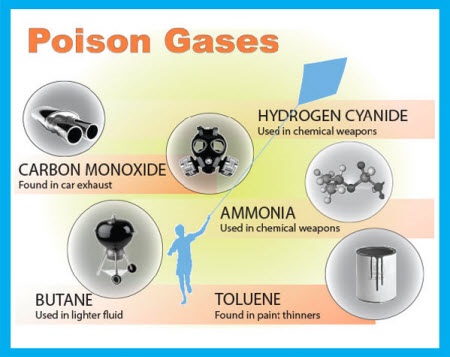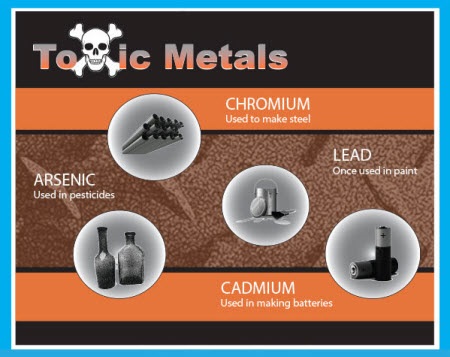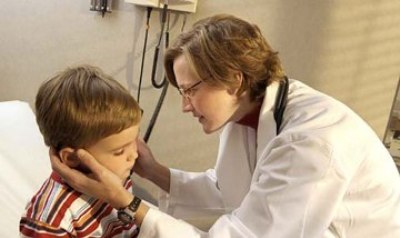Children in the Home
Tobacco smoke contains a deadly mix of more than 7,000 chemicals.
Hundreds are toxic. About 70 can cause cancer.

Cancer Causing Chemicals: Vinyl Chloride, Benzene, Polonium 210, Formaldehyde

Poison Gases: Hydrogen Cyanide, Carbon Monoxide, Ammonia, Butane, Toluene

Toxic Metals: Chromium, Arsenic, Lead, Cadmium
- Tobacco smoke hurts babies and children.1,2
- Children who are exposed to secondhand tobacco smoke breathe the same dangerous chemicals that smokers inhale.2
- The main place where young children are exposed to secondhand smoke is at home.1,3
- Smoke-free home and vehicle rules help protect children and adults.2,3
Children and Secondhand Smoke Exposure

- The home is the place where children are most exposed to secondhand smoke, and it’s a major place for secondhand smoke exposure for adults.1,3
- Children who live in homes where smoking is allowed have higher levels of cotinine (a biological marker of secondhand smoke exposure) than children who live in homes where smoking is not allowed.3
- Although secondhand smoke exposure among children has fallen over the past 15 years, children are still more heavily exposed to secondhand smoke than adults.3,4
- About 4 out of 10 U.S. children aged 3–11 years (40.6%) are exposed to secondhand smoke.4
- In the U.S., the percentage of children and teens living with at least one smoker is about three times the percentage of nonsmoking adults who live with a smoker.3
Making your home and vehicles smoke free can reduce secondhand smoke exposure among children and nonsmoking adults.1,2,3,4 Some studies indicate that these rules can also help smokers quit and can reduce adolescents’ risk of becoming smokers.5
Health Effects of Smoking and Secondhand Smoke on Children

- Because their bodies are developing, infants and young children are especially vulnerable to the poisons in secondhand smoke.1
- Both babies whose mothers smoke while pregnant and babies who are exposed to secondhand smoke after birth are more likely to die from sudden infant death syndrome (SIDS) than babies who are not exposed to cigarette smoke.1,2
- Mothers who are exposed to secondhand smoke while pregnant are more likely to have lower birth weight babies, which makes babies weaker and increases the risk for many health problems.1
- Babies whose mothers smoke while pregnant or who are exposed to secondhand smoke after birth have weaker lungs than other babies, which increases the risk for many health problems.1,2
- Secondhand smoke exposure causes acute lower respiratory infections such as bronchitis and pneumonia in infants and young children.1,2
- Secondhand smoke exposure causes children who already have asthma to experience more frequent and severe attacks.1,2
- Secondhand smoke exposure causes respiratory symptoms, including cough, phlegm, wheezing, and breathlessness, among school-aged children.1,2
- Children exposed to secondhand smoke are at increased risk for ear infections and are more likely to need an operation to insert ear tubes for drainage.1,2
Page last reviewed: August 4, 2020


